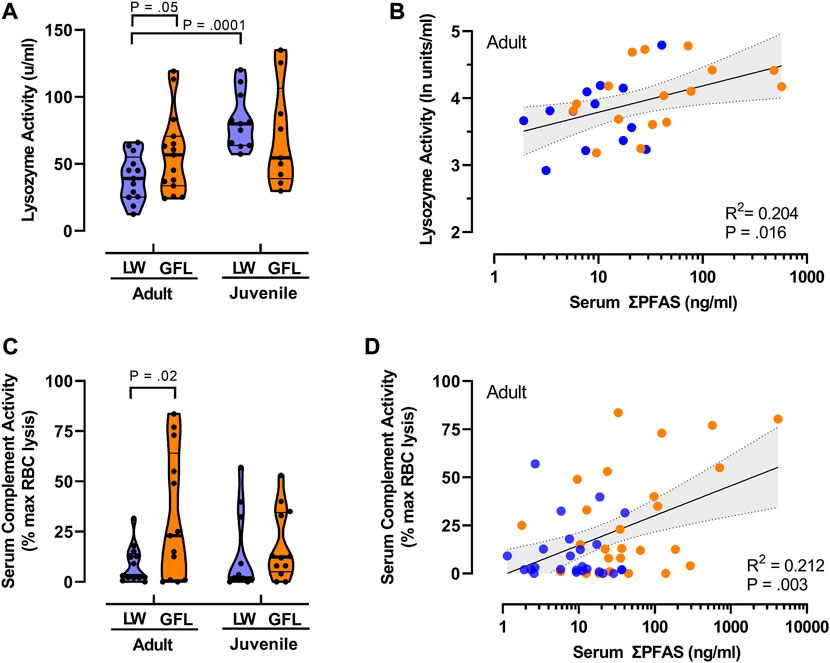2022-10-20 カリフォルニア大学バークレー校(UCB)
研究チームは、この微生物を「ボーグ」と名付けた。
ある古細菌はメタンを発生させ、他の古細菌はメタンを食べてしまう。
論文に含まれる19のボーグゲノムはすべて、宿主である古細菌が土壌中の資源を収穫する能力(メタン代謝や窒素固定など)を高めると思われる遺伝子を含んでいる。
メタンは湿地の土壌によく含まれる成分で、酸素がないとき、嫌気状態のときにメタン生成性古細菌によって生産される。しかし、一部の細菌は酸素があるときにもメタンを消費し、ある種の古細菌は酸素がないときにもメタンを消費する。ボーグを宿主とするメタン消費性古細菌は、メタン生産性古細菌が行うプロセスを逆にして、メタンを食べ、生きるために必要な複雑な炭水化物に変化させる。
研究チームは、ボーグが土壌中で大きな役割を果たし、宿主であるメタノペレデンスのメタン除去や窒素固定を活性化させているのではないかと考えている。
<関連情報>
- https://news.berkeley.edu/2022/10/20/like-the-borg-of-star-trek-these-aliens-assimilate-dna-from-other-microbes/
- https://www.nature.com/articles/s41586-022-05256-1
- https://www.biorxiv.org/content/10.1101/2022.05.18.492195v1
ボーグとは、代謝能力を拡大する可能性を秘めた巨大な遺伝子のことである Borgs are giant genetic elements with potential to expand metabolic capacity
Basem Al-Shayeb,Marie C. Schoelmerich,Jacob West-Roberts,Luis E. Valentin-Alvarado,Rohan Sachdeva,Susan Mullen,Alexander Crits-Christoph,Michael J. Wilkins,Kenneth H. Williams,Jennifer A. Doudna & Jillian F. Banfield
Nature commentary Published:19 October 2022
DOI:https://doi.org/10.1038/s41586-022-05256-1

Abstract
Anaerobic methane oxidation exerts a key control on greenhouse gas emissions1, yet factors that modulate the activity of microorganisms performing this function remain poorly understood. Here we discovered extraordinarily large, diverse DNA sequences that primarily encode hypothetical proteins through studying groundwater, sediments and wetland soil where methane production and oxidation occur. Four curated, complete genomes are linear, up to approximately 1 Mb in length and share genome organization, including replichore structure, long inverted terminal repeats and genome-wide unique perfect tandem direct repeats that are intergenic or generate amino acid repeats. We infer that these are highly divergent archaeal extrachromosomal elements with a distinct evolutionary origin. Gene sequence similarity, phylogeny and local divergence of sequence composition indicate that many of their genes were assimilated from methane-oxidizing Methanoperedens archaea. We refer to these elements as ‘Borgs’. We identified at least 19 different Borg types coexisting with Methanoperedens spp. in four distinct ecosystems. Borgs provide methane-oxidizing Methanoperedens archaea access to genes encoding proteins involved in redox reactions and energy conservation (for example, clusters of multihaem cytochromes and methyl coenzyme M reductase). These data suggest that Borgs might have previously unrecognized roles in the metabolism of this group of archaea, which are known to modulate greenhouse gas emissions, but further studies are now needed to establish their functional relevance.
ボーグタンデムリピートは急速な進化を遂げ、タンパク質の中に新しい本質的な無秩序領域を作り出す強い淘汰を受けている Borg tandem repeats undergo rapid evolution and are under strong selection to create new intrinsically disordered regions in proteins
Marie C. Schoelmerich, Rohan Sachdeva, Lucas Waldburger, Jacob West-Roberts, Jillian F. Banfield
bioRxiv Posted: May 19, 2022
DOI: https://doi.org/10.1101/2022.05.18.492195
Abstract
Borgs are huge, linear extrachromosomal elements associated with anaerobic methane-oxidizing archaea. Striking features of Borg genomes are pervasive tandem direct repeat (TR) regions. Here, we present six new Borg genomes and investigate the characteristics of tandem repeats in all ten complete Borg genomes. We find that TR regions are rapidly evolving, recently formed, arise independently and are virtually absent in host Methanoperedens genomes. Flanking partial repeats and A-enriched character constrain the TR formation mechanism. TRs can be in intergenic regions, where they might serve as regulatory RNAs, or in open reading frames (ORFs). TRs in ORFs are under very strong selective pressure, leading to perfect amino acid TRs (aaTRs) that are commonly intrinsically disordered regions. Proteins with aaTRs are often extracellular or membrane proteins, and functionally similar or homologous proteins often have aaTRs composed of the same amino acids. We propose that Borg aaTR-proteins functionally diversify Methanoperedens and all TRs are crucial for specific Borg-host associations and possibly co-speciation.


